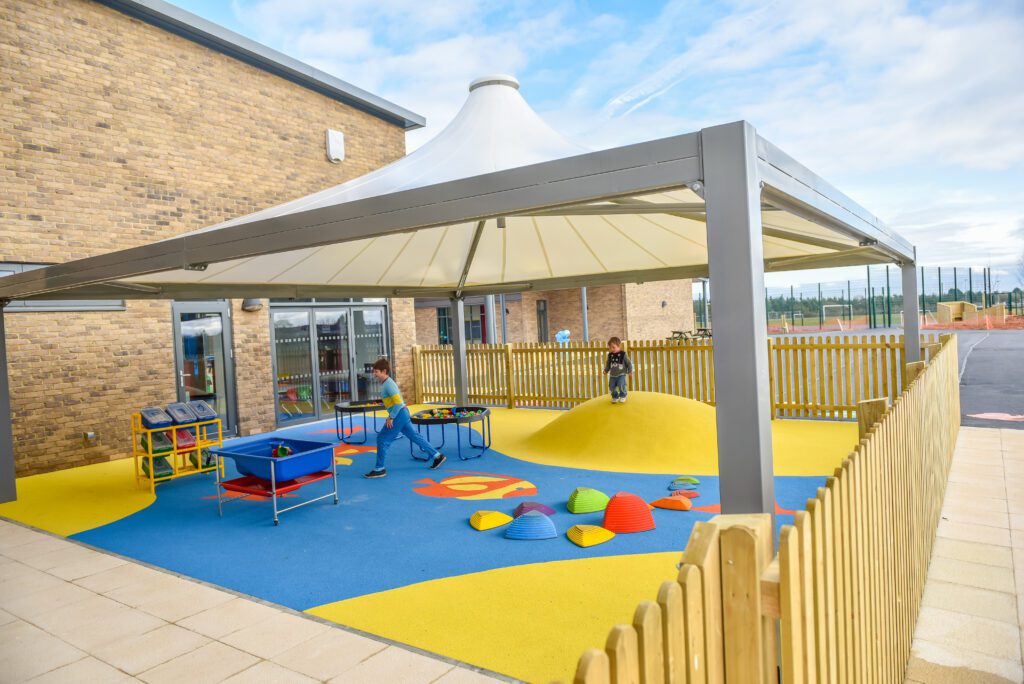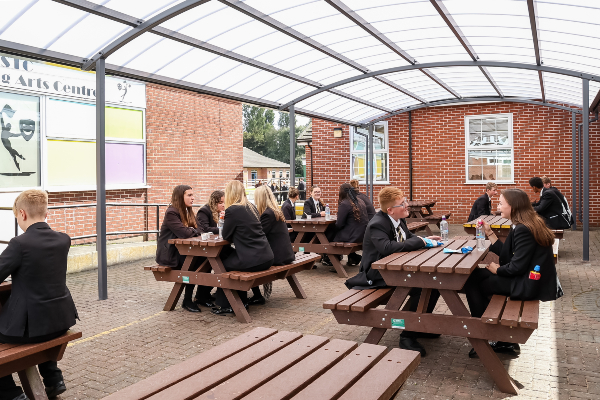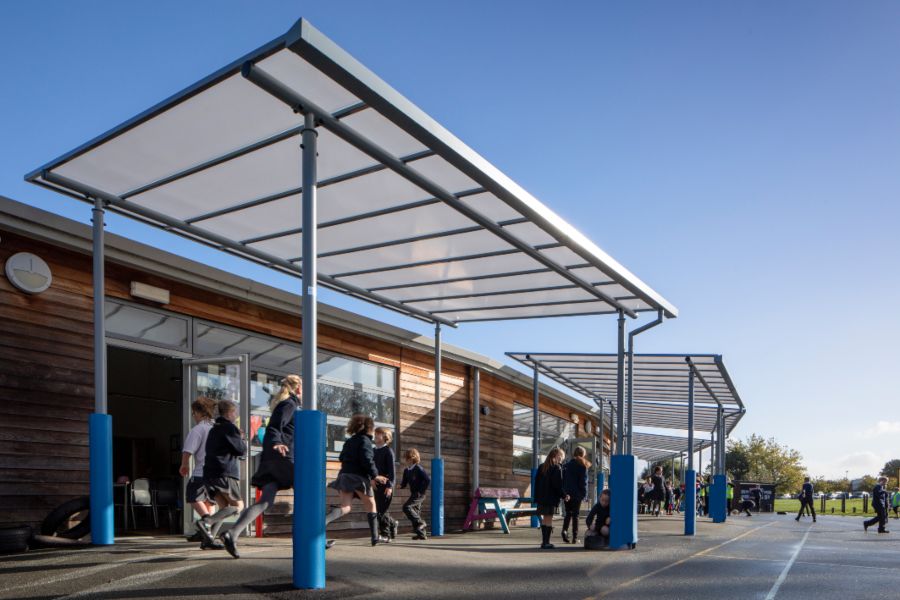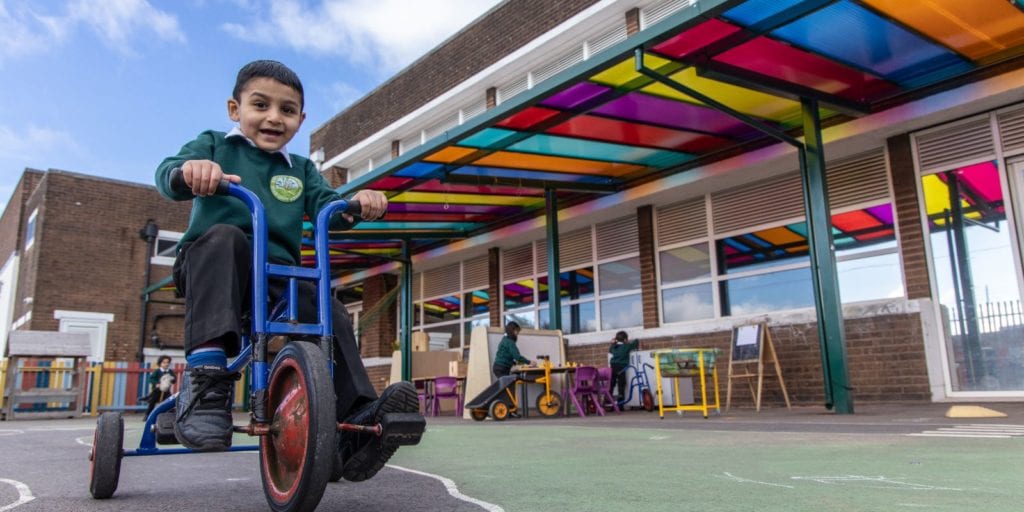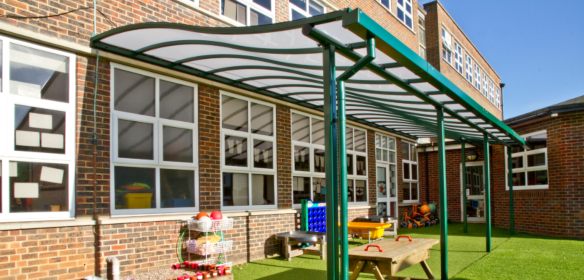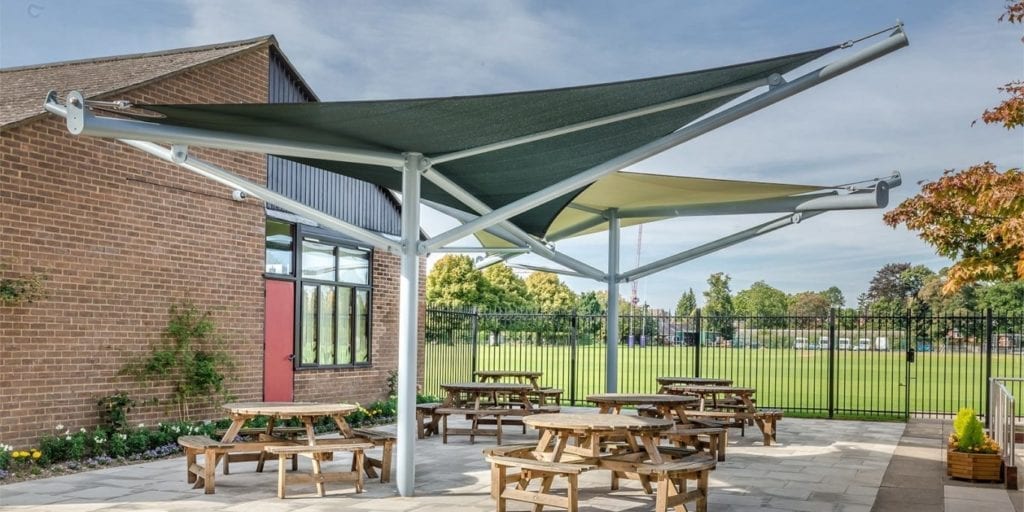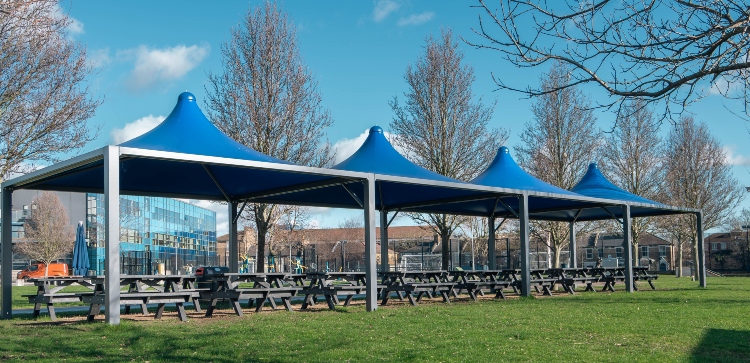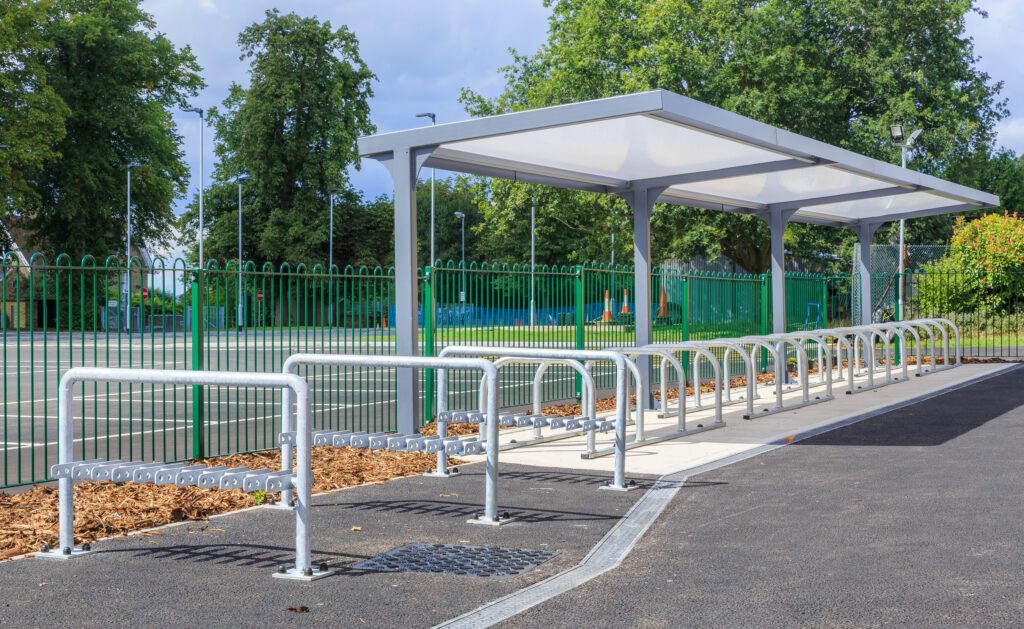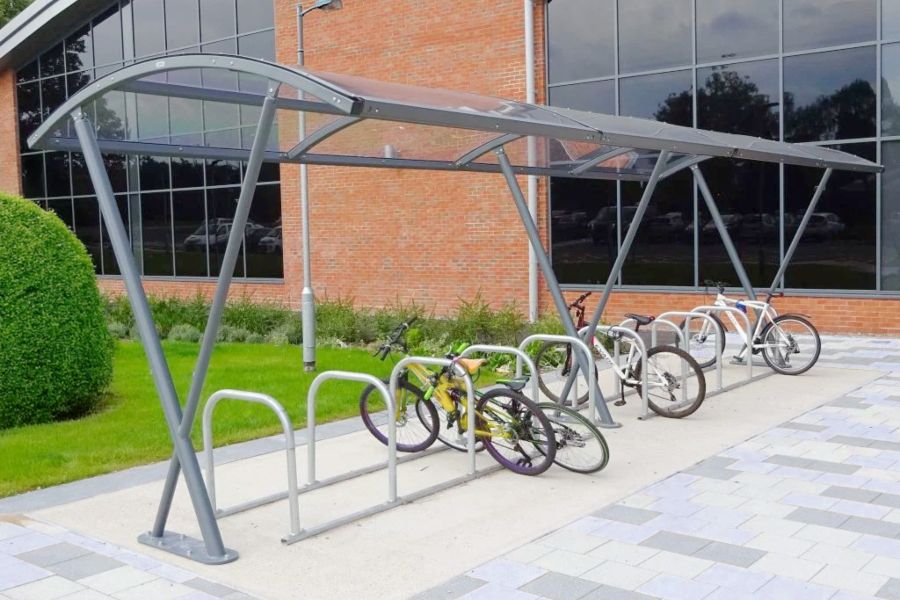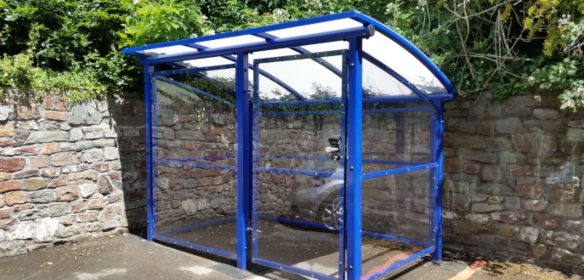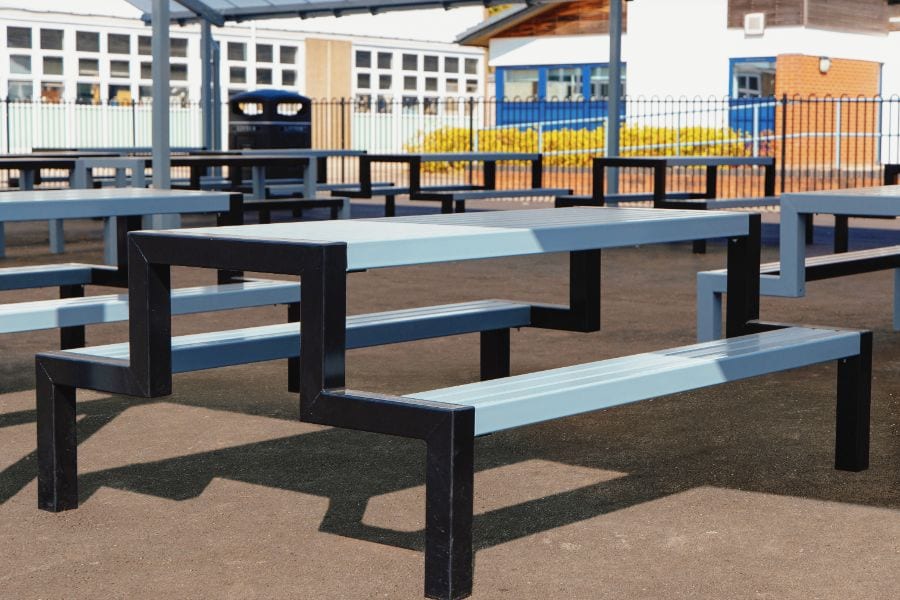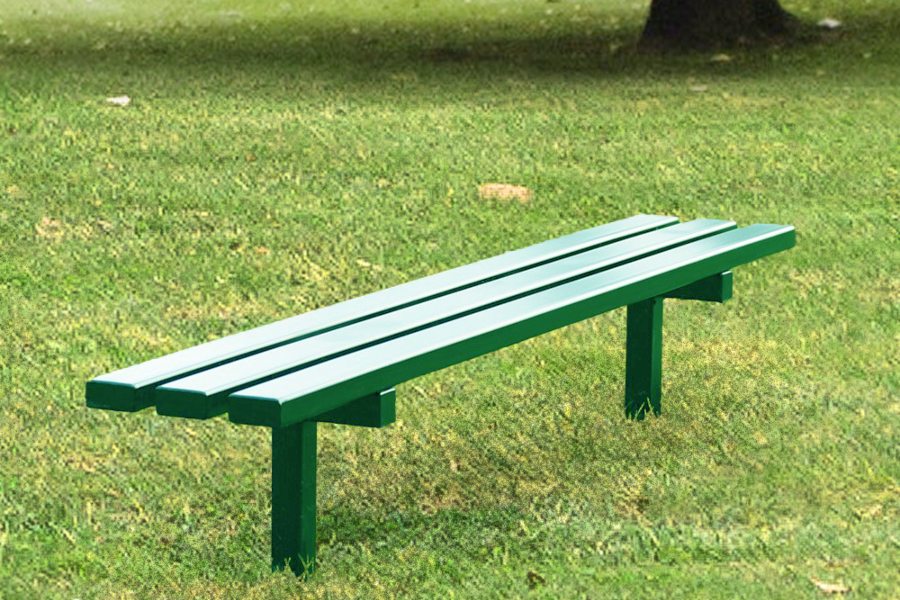Why Are Children Spending More Time Indoors?
Well, being indoors for most of the day is linked to increased anxiety and depression.
Couple this with the appeal of computer games and social media at home and you can see how important it is to offer children as many opportunities to be outdoors during the school day as possible.
1. Children are now spending an additional five hours in their bedrooms each day as a result of the COVID-19 pandemic. (Source: Belfast Telegraph)
2. The average child spends seven hours a week outside, but over twice that amount of time playing video games inside. (Source: Earth)
3. On this, nearly two-thirds (62%) of parents revealed their children are spending more time in their bedrooms than before the pandemic. (Source: Belfast Telegraph)
4. A fifth of the children don’t play outside at all on an average day. (Source: The Guardian)
5. Decreased motivation was the most common by-product of spending more time in their rooms, with over half of parents (63%) saying their children are now finding it harder to accomplish tasks. (Source: Belfast Telegraph)
6. More negative side effects include being more frustrated (50%), having decreased social skills (38%), and being bored more often (38%). (Source: Belfast Telegraph)
7. Children between ages 5 and 18 should get at least one hour of physical activity every day. (Source: Earth)
8. 40% of parents have to force their children to spend time outdoors. (Source: Earth)
9. Three-quarters of UK children spend less time outside than prison inmates. (Source: The Guardian)
10. 60% of parents blame video games for their children’s hatred of the outdoors. (Source: Earth)
11. According to an NHS health survey published in 2016, only 22% of children in England hit this target. (Source: NHS)
12. On average, children are now spending 1.6 hours a day playing outside, which is an hour (63%) less than their parents did when they were younger. (Source: The Guardian)
What Happens If Children Don’t Spend Enough Time Outdoors
Spending time outdoors boosts vitamin D levels. It is shown in studies that many of us do not get enough of this important vitamin, so more time outside is key to help address this deficiency.
13. Approximately 16% of children in the UK will be deficient in vitamin D. (Source: Nottingham University Hospitals)
14. Vitamin D is one of the most common nutrient deficiencies in kids. (Source: Holland and Barrett)
15. According to doctors, 1 in 4 kids don’t get enough vitamin D. (Source: BBC)
16. In the UK, 80–90% of vitamin D is derived from skin exposure to UVB radiation from sunlight, with the remaining 10–20% derived from dietary sources. (Source: CKS NICE)
17. A vitamin D deficiency affects over 1 billion people across the globe. (Source: Healthline)
18. It is also common in infants worldwide, with rates ranging from 2.7% to 45%. (Source: NCBI)
19. Obviously, the prevalence of vitamin D deficiency in young people varies depending on geographic region, studies estimate a rate of around 15% in children ages 1-11 and 14% in those aged 12-19. (Source: NCBI)
20. The exposure of the skin to sunlight in the spring and summer months is the main source of vitamin D for most people in the UK. (Source: Gov UK)
Getting enough Vitamin D helps to protect against a range of diseases such as osteoporosis, depression, heart attacks, and stroke.
21. 1 in 6 young people in England – aged 5 to 16 – experienced a mental health problem in 2020, a rise from 2017’s 1 in 9. (Source: Mind)
22. 50% of all mental health problems start by the age of 14. (Source: Children’s Society)
23. 9.4% of children aged 3-17 years (approximately 5.8 million) were diagnosed with anxiety in 2016-2019. (Source: CDC)
24. Five children in a classroom of 30 are thought to have a mental health problem. (Source: Children’s Society)
25. Only one in three children and young people with a diagnosable mental health condition get access to NHS care. (Source: Young Minds)
With the longest break in the school day being the lunch break, a great solution to improve vitamin D levels is alfresco dining.
More and more schools are enhancing their outdoor areas, creating outdoor dining spaces, with:
With growing pupil numbers, this is a solution to the increased pressure existing dining rooms come under as schools grow.
However, sometimes the weather in the UK does not allow for outdoor dining, which is why we offer canopies that are fully enclosed!
Hear How One of Our Canopies Helped a School Enhance Their Outdoor Dining Options
Children love being outdoors and outdoor dining is very popular amongst pupils, especially as it can bring so many health and well-being benefits.
A project which did just this is the outdoor dining area at Hampton Gardens School.

What was once a bleak space has now been transformed into a delightful dining area that offers shade in the hot months and shelter in the wet months.
For information on outdoor dining canopies for schools, our experts will be more than happy to help.
Reach out to our team today.


